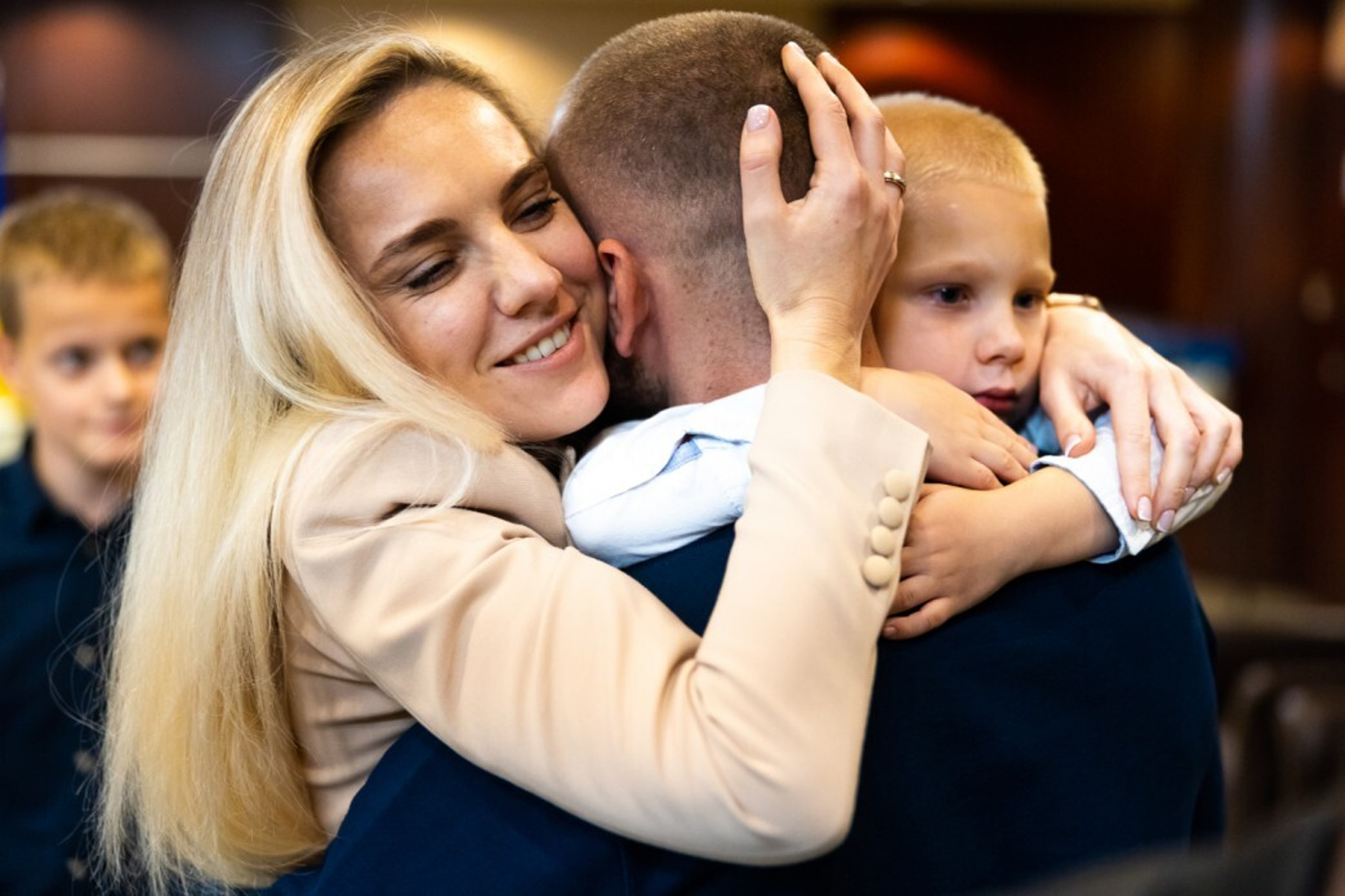Ukraine war latest: 100 Ukrainian POWs freed in latest prisoner swap; top Ukrainian commander visits Bakhmut

Key developments on April 10:
- Ukraine’s top commander visits Bakhmut, discusses how to further defend ‘the fortress’
- Russian proxy leader in Donetsk Oblast claims he visited Bakhmut, met Wagner mercenaries
- 100 Ukrainian POWs freed in prisoner exchange
- UK Defense Ministry: Russia increases armored assaults around Marinka, Donetsk Oblast.
Ukraine’s Colonel General Oleksandr Syrskyi visited Bakhmut to meet commanders and soldiers defending the largely destroyed city, a statement said on April 10.
In a Telegram post, the commander of Ukraine's Land Forces and Eastern Operational Command said he worked out how to further defend Bakhmut with the commanders of various military units and groups.
Bakhmut, once a peaceful city of about 70,000 people, is nearly encircled by Russian forces and is now the epicenter of the war, but Ukraine has vowed to hold on to it as long as it can.
“It is a great honor for me to be side by side with our soldiers at this time,” Syrskyi said.
The Ukrainian commander claimed that Russia is losing some of its most skilled fighters – special forces and airborne assault units – in its desperate attempt to capture Bakhmut, “destroying the city that they cannot capture.”
“The defense of Bakhmut continues, our soldiers bravely and expertly carry out the assigned task,” he added.
Syrskyi’s visit to Bakhmut coincided with the leader of the Kremlin’s proxies in Donetsk Oblast, Denis Pushilin’s claimed visit to central Bakhmut.
In his Telegram channel, Pushilin wrote that he drove around Bakhmut, and the Wagner mercenaries showed him “our flags” on the city’s administrative building.
As the Orthodox Easter approaches, celebrated by the majority of Ukrainians and Russians, the Institute for the Study of War (ISW), a D.C.-based think-tank analyzing the war in Ukraine, said the Kremlin could call for another “ceasefire” over the upcoming religious holiday on April 16.
“The Kremlin may call for an Easter ceasefire because such a pause would disproportionately benefit Russian troops and allow them to secure their gains in urban Bakhmut and to prepare defenses against Ukraine’s spring 2023 counteroffensive,” the ISW said in its April 9 report.
Also on April 10, Ukraine's Deputy Defense Minister Hanna Maliar said on television that Russian forces were attacking in four directions simultaneously – toward Bakhmut and Lyman in northern Donetsk Oblast and toward Marinka and Avdiivka in the southern part.
The U.K. Defense Ministry said on April 10 that Russia has likely "increased its armored assaults" around Marinka, a largely ruined city that sits 20 kilometers southwest of the Russian-occupied Donetsk.
“Russia continues to give a high priority to resourcing operations in the broader Donetsk sector, including the Marinka and Avdiivka areas, expending significant resources for minimal gains,” the U.K.’s latest intelligence briefing said.

100 POWs freed from Russian captivity
Ukraine reported on April 10 that another 100 servicepeople were freed from Russian captivity in the latest prisoner exchange.
The servicepeople released today were deployed in the south, northeast, and east of Ukraine, as well as near Kyiv, Zmiinyi (Snake) Island, and occupied Zaporizhzhia Nuclear Power Plant, the Coordinating Headquarters for the Treatment of Prisoners of War announced in a Telegram post.
The Russian Defense Ministry, in turn, also said 106 POWs returned home.
But even as such prisoner exchanges between Kyiv and Moscow – one of the few examples of cooperation – occasionally take place, an unconfirmed number of Ukrainian servicepeople are still held in Russian captivity. Some are severely wounded.
According to what Ombudsman Dmytro Lubinets told the Ukrainain branch of Radio Free Europe/Radio Liberty in January after a conversation with the Russian side, Ukraine estimates that there are about 800 severely wounded Ukrainian servicemen held as POWs in the Russian territory.
The Russian ombudsman told him that he estimated about 200 seriously wounded Russian POWs in Ukrainian territory, according to Lubinets.
As of 2022, over 1,596 Ukrainians – civilians and military personnel – were freed from Russian captivity under the procedure, according to the Coordinating Headquarters.












